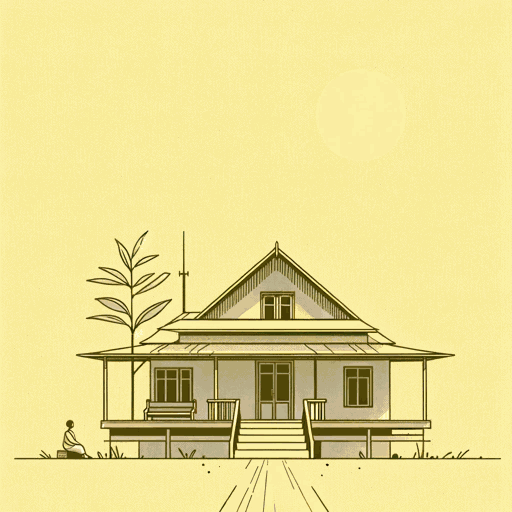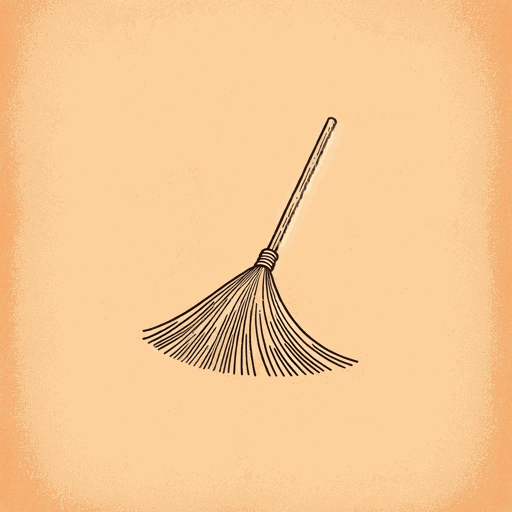49 pages • 1 hour read
Mulk Raj AnandCoolie
Fiction | Novel | Adult | Published in 1936A modern alternative to SparkNotes and CliffsNotes, SuperSummary offers high-quality Study Guides with detailed chapter summaries and analysis of major themes, characters, and more.
Summary and Study Guide
Overview
Since its publication in 1936, Mulk Raj Anand’s novel Coolie has become a landmark in modern Indian literature. The novel condemned the social, economic, and cultural impact of more than two centuries of British occupation and indicted India’s own rigid caste system, which had long separated its citizens into groups based on their work status and their ethnicity. The novel appeared at the height of a turbulent decade in which India itself, under the moral leadership of Mahatma Gandhi, began to agitate for its independence and, in the process, struggled to define itself. Because Anand was among the first prominent Indian authors to introduce the idioms and patois of India’s indigenous people into otherwise English-language writing, Coolie secured a place in 20th-century Anglo-Indian literature.
Much like the social realist novels of Charles Dickens and John Steinbeck, writers to whom Anand (1905-2004) was compared, Coolie aims to awaken awareness to the plight of the underclass, the suffering and the indignities of life below the poverty line, and the generations, uneducated and unskilled, exploited by the wealthy and denied even the expectation of improving their lot. In telling the story of the life and death of a 14-year-old orphan named Munoo, an uneducated boy from the hill country of north central India who works his short life to secure gainful employment and a living wage, Anand offers a portrait of the struggle to assert one’s dignity and humanity amid poverty, hunger, and disease.
Plot Summary
Young Munoo is happy. An orphan being raised by his aunt and uncle, he enjoys going to school and playing amid the gently rolling Kangra Hills around his native village of Bilaspur. When Munoo is 14, however, his uncle tells him he can no longer afford to provide for Munoo; the time has come for the boy to earn his way in life. The boy has little education and no employable skills. The uncle takes the boy to the nearby town of Sham Nagar, where he is indentured as a house servant to a middle-class bank clerk and his family. Although the banker treats the boy with some kindness and a degree of compassion, his wife mercilessly overworks the boy, humiliates him at every turn, and insults and degrades him. Munoo finds a friend in the couple’s young daughter, Sheila, who is entertained by Munoo’s monkey dance, an improvisational routine in which the boy apes the appearance and mannerisms of a monkey. One day, in the course of playing, Munoo gets carried away with his monkey routine and accidentally bites at the girl. The parents, appalled by the boy’s transgression, beat him mercilessly. Terrified, the boy runs away and steals a ride on a train, ending up in the city of Daulatpur about two hours east.
On the train, he encounters Prabha Dayal, a kindly man who runs the town’s sprawling chutney factory. Prabha and his wife take in the runaway and offer Munoo a safe and comfortable home. Prabha gives Munoo work in the factory. The conditions are unpleasant: The factory stinks of organic waste and the factory floor offers little ventilation. The work is hard, the hours are long, and the pay is pittance. When Prabha’s own business partner, the reptilian Ganpat, schemes to defraud the business, the scheme collapses, and Prabha is left to face creditors with no cash reserves. He is ruined, and the factory is closed.
Munoo is back on the streets, struggling to find a place to sleep among the homeless, the indigent, and the diseased. He sees colorful posters advertising a circus that is passing through on its way to Bombay. Munoo believes in his naïve heart that the fabulous city is key to his salvation. Falling in with the traveling circus, Munoo, working for a stint with the elephant keeper, arrives in Bombay full of expectations. He is immediately taken aback by the sheer size, the noise, and the confusion of the city. He sleeps on the streets. Work is hard to find, the city teeming with unemployed and unskilled coolies. Munoo secures entry-level work at a massive cotton mill factory owned by a British expatriate. The mill is run by a brutal foreman who relishes mistreating, harassing, and even physically abusing the coolies, a pejorative term for the country’s hordes of unskilled labor. The conditions in the factory are hellish. The hours are long, the factory floors are sweltering, and the air is thick with cotton fluff. Munoo falls under the compelling spell of Ratan, a burly worker, a former wrestler, who agitates openly and vociferously for the rights of the coolies and preaches the need for the exploited workers to strike for better conditions. When Ratan is summarily dismissed with little provocation, the workers protest. In the ensuing riots that erupt in the streets around the factory, Munoo, terrified at the violence and the chaos, is separated from Ratan. Munoo is suddenly lost in the city.
In a curious intervention of chance, Munoo, now wandering the streets without work and without a home, is hit by a touring car in which rides Mrs. May Mainwaring, a wealthy woman who, although half Indian, cultivates her image as a refined aristocratic British lady. Mrs. Mainwaring, disturbed over the accident, takes in Munoo. He finds himself in her estate in Simla, more than two days’ drive north of Bombay in the foothills of the Himalayas. He is given work pulling the ladyship’s rickshaw through the steep streets of the town. The work is taxing, but Munoo is grateful for it and relishes the familiar sight of the nearby mountains. At that point, however, he begins to show the telling signs of tuberculosis: fatigue, a high fever, and a bloody cough. In short order, despite Mrs. Mainwaring’s solicitous care, Munoo dies. He is just 15.


